The pace of digital technology adoption is constantly increasing, driven by evolving technology as well as end-user expectations for better experience and products. To take an example, before the advent of paper, information and stories were conveyed by word of mouth often leading to varying accuracy and consistency. With the invention of paper recording of information become more consistent and was used as the main source of information record for a long time. The next major breakthrough came with the advent of internet and digital technology with information being recorded digitally, with this started the evolution of user experience design in accessing this information for end user consumption on computers, laptops and handheld devices.
I too contributed to the evolution of user experience in reading digital information as I helped design an e-book reader with an in-build organization capabilities for Panasonic Japan.
To comply with my non-disclosure agreement, I have modified and obscured confidential information in this case study. All information in this case study is my own and does not necessarily reflect the views of the company.
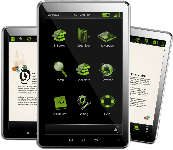


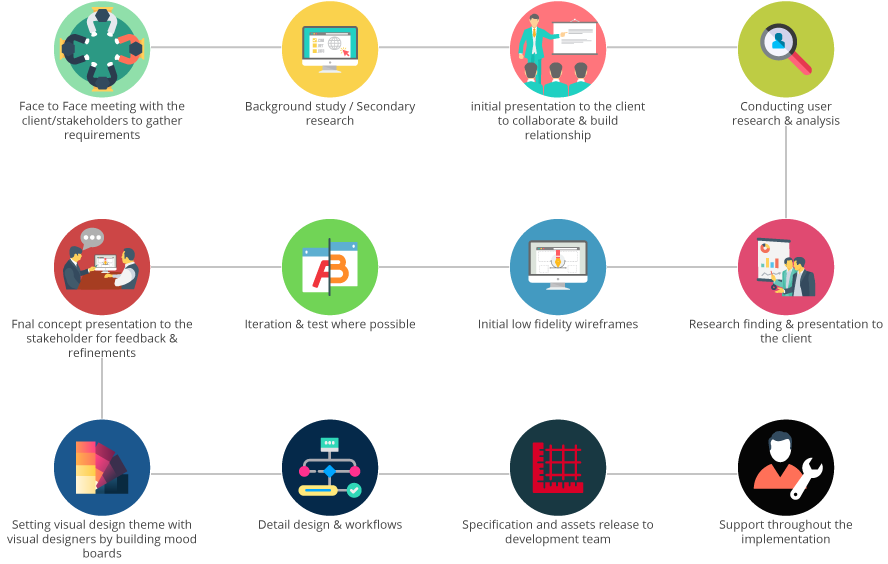
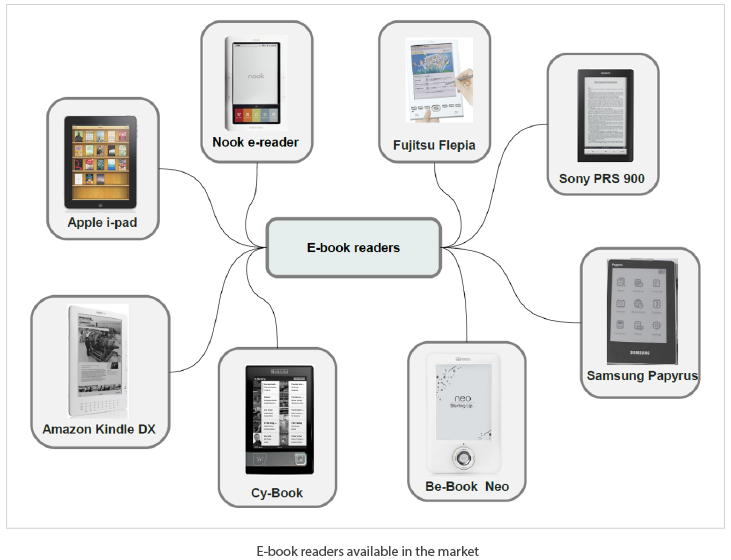
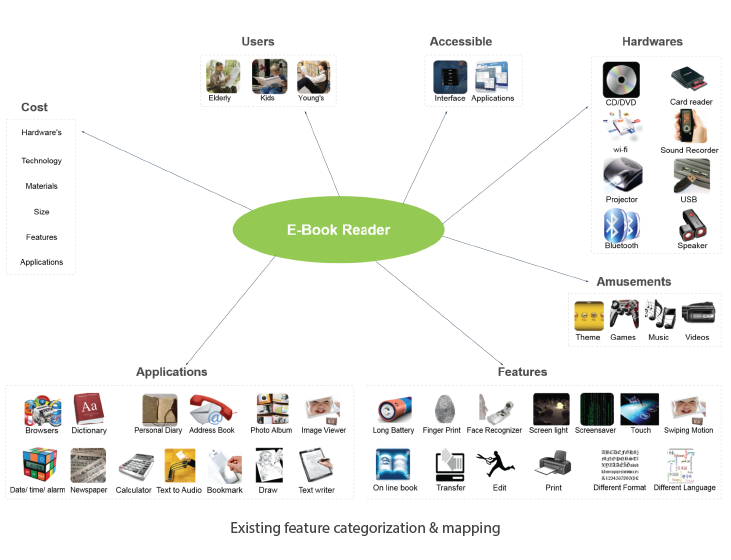

 I have conducted an initial brainstorming session to gather initial & futuristic ideas for the products which include hardware & software features. We have done grouping exercise to transform small ideas into a substantial feature which would eventually helped us in finalizing the feature set for the final product.
I have conducted an initial brainstorming session to gather initial & futuristic ideas for the products which include hardware & software features. We have done grouping exercise to transform small ideas into a substantial feature which would eventually helped us in finalizing the feature set for the final product.
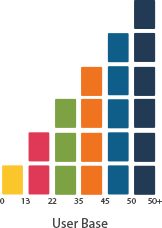
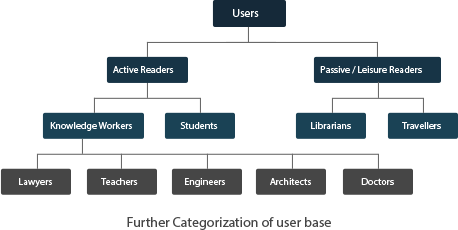


 I like reading digitally, sometime it gets frustrating for me when I
have to refer back some of the content which I have copied as most of the content is on
different notepads. I wish if there is a feature where all my notes remain in a single pad.
I like reading digitally, sometime it gets frustrating for me when I
have to refer back some of the content which I have copied as most of the content is on
different notepads. I wish if there is a feature where all my notes remain in a single pad.

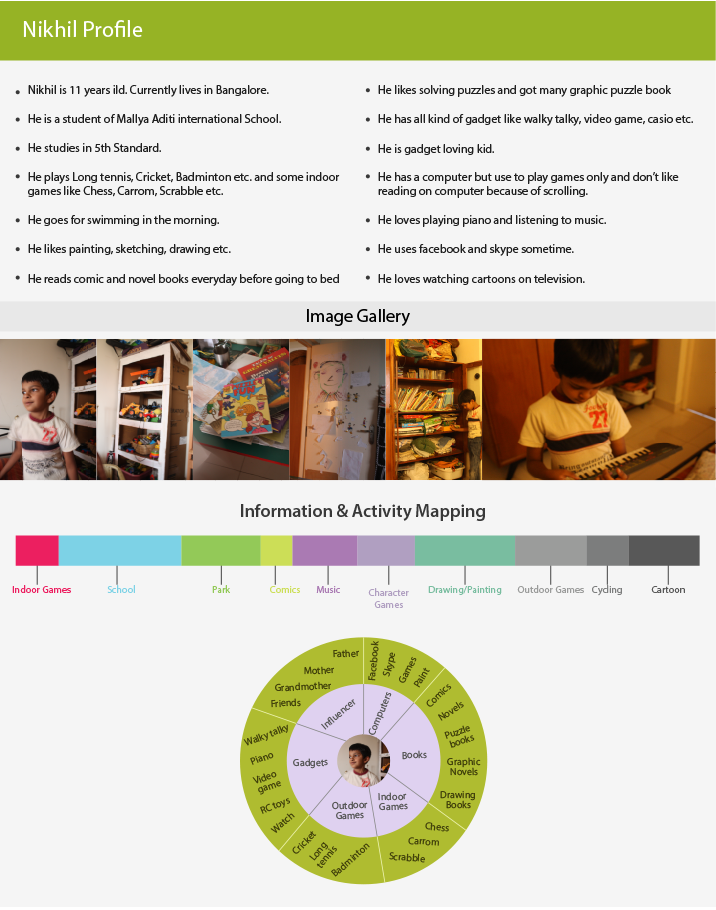
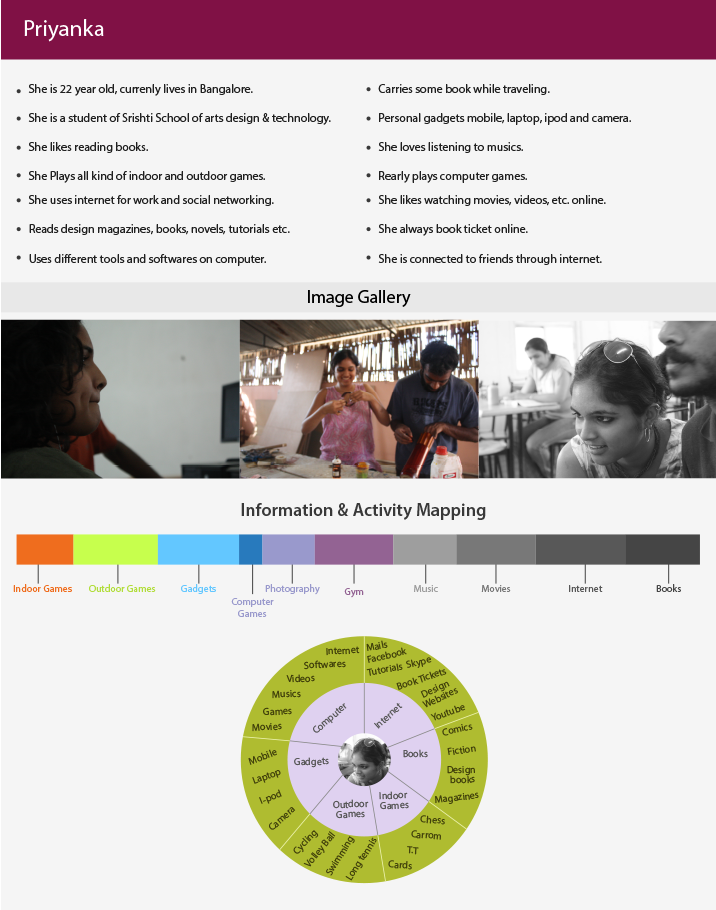
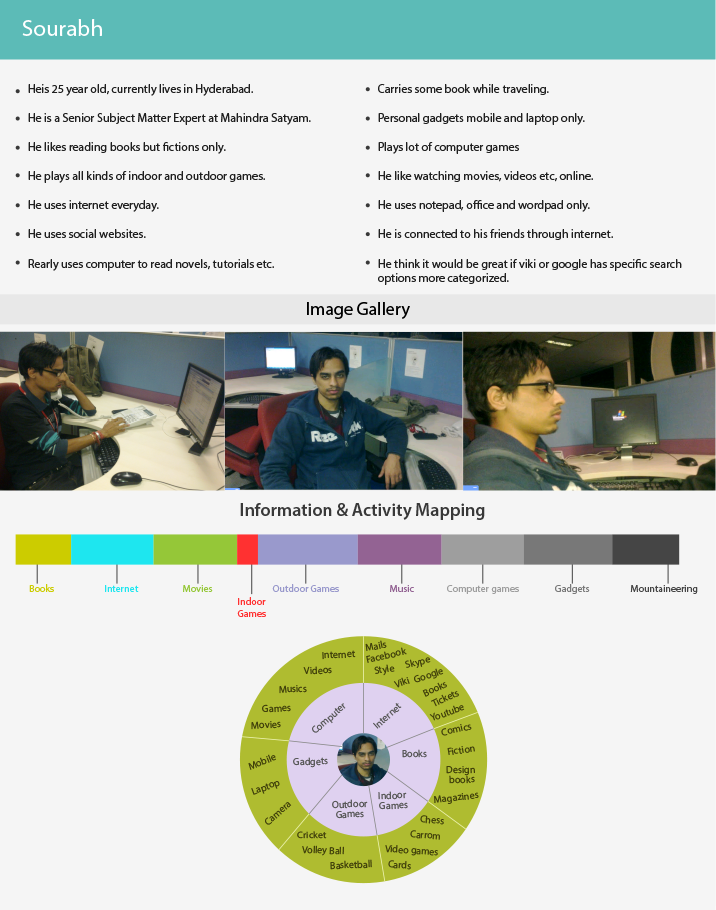

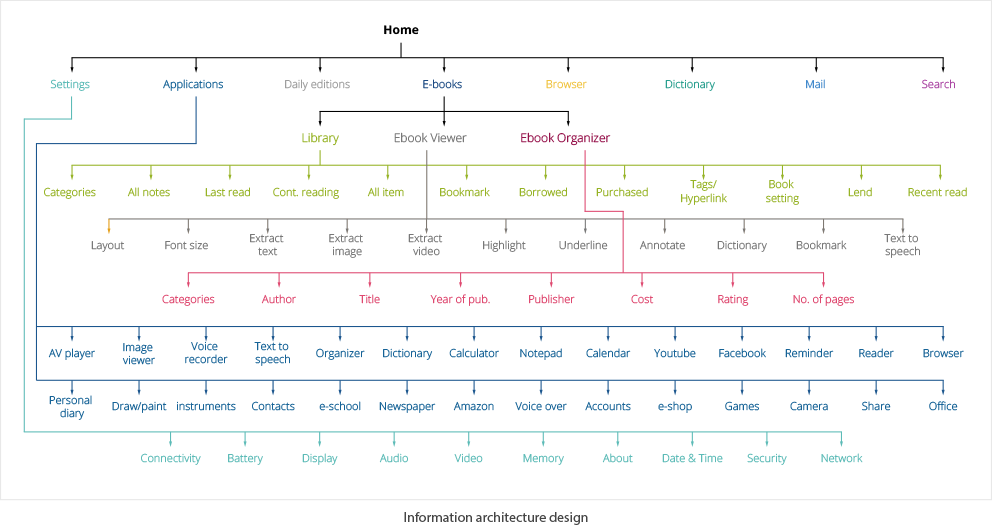
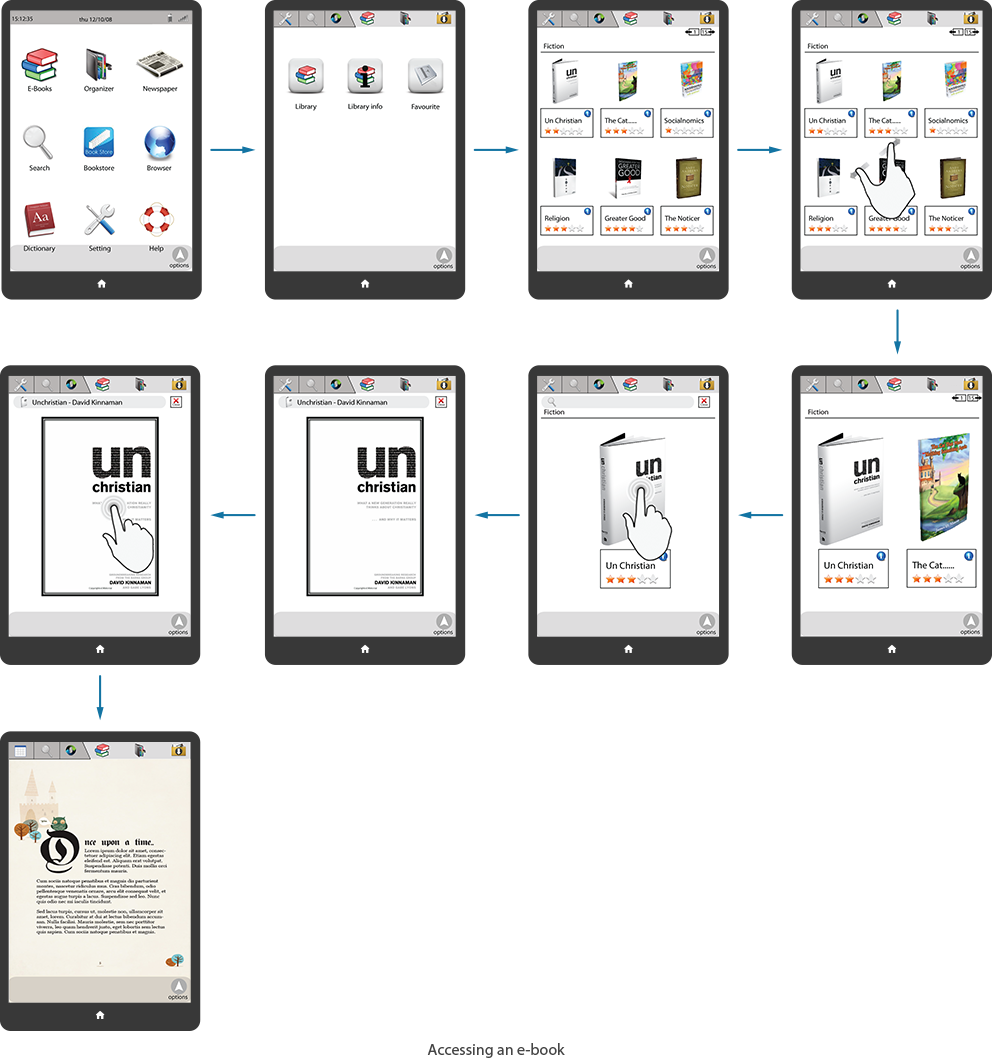
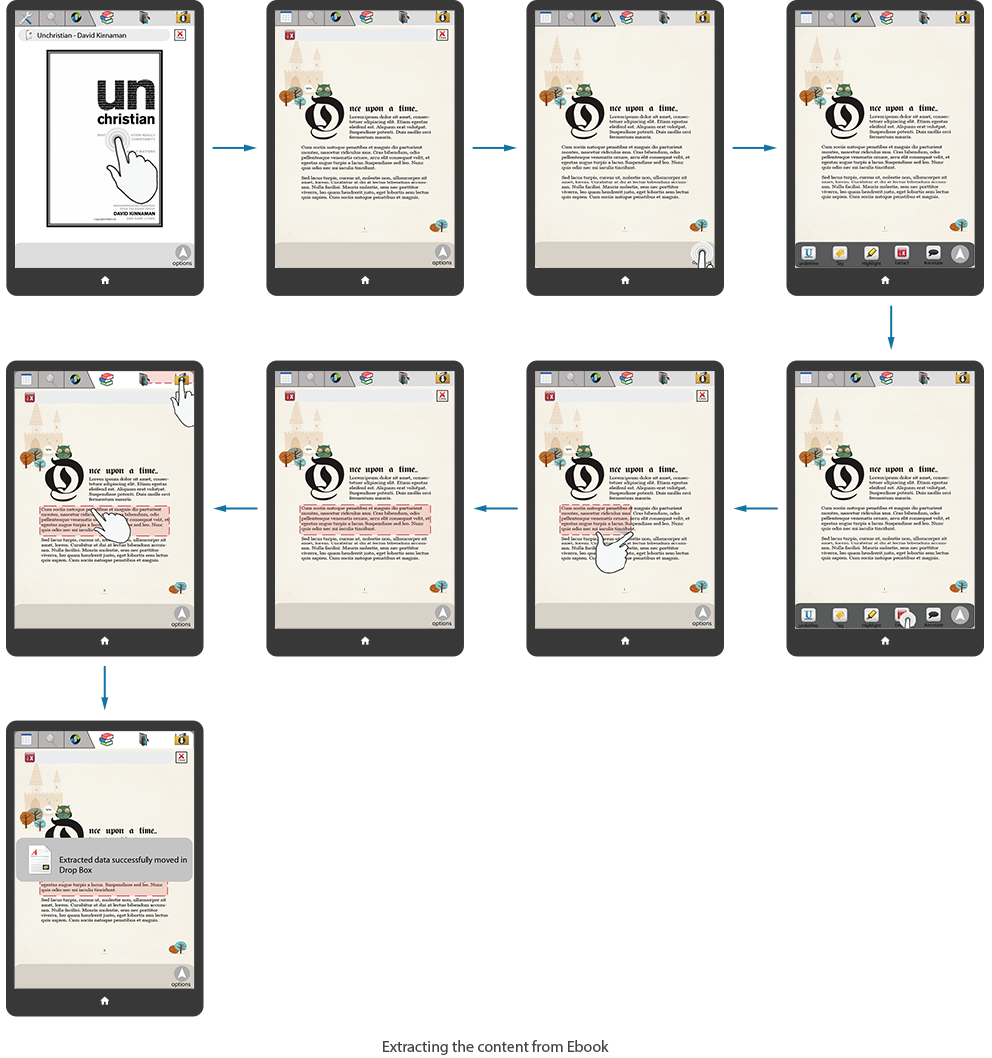
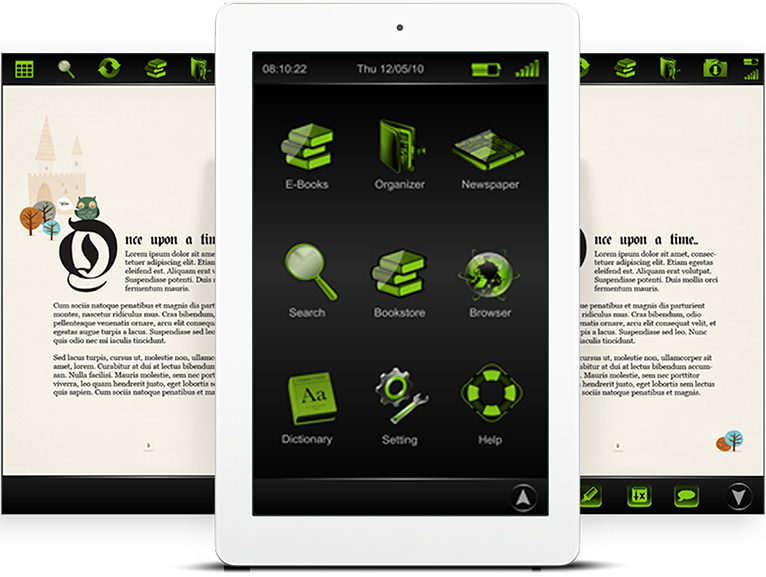



 Email
Email
 LinkedIn
LinkedIn